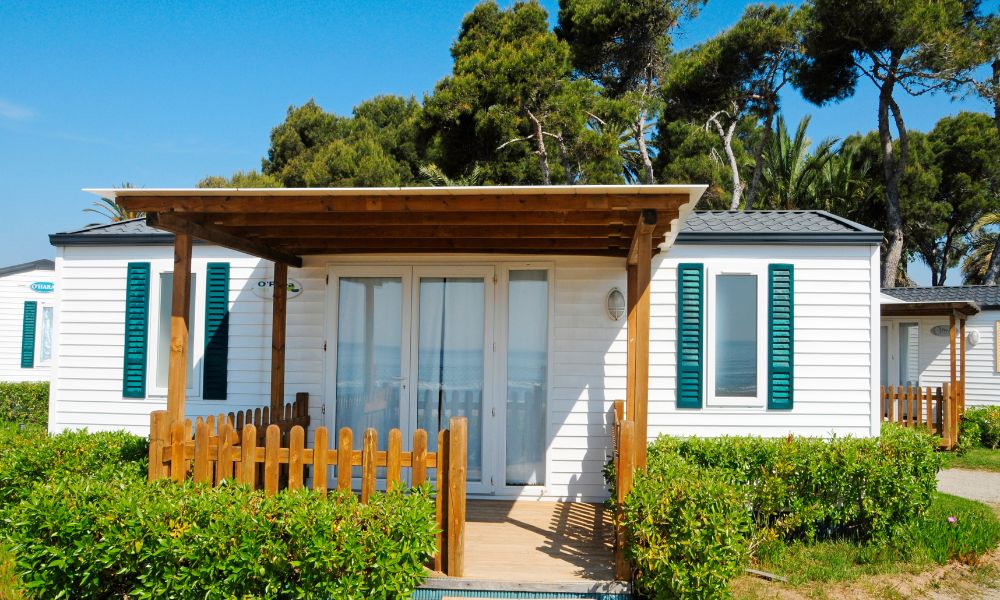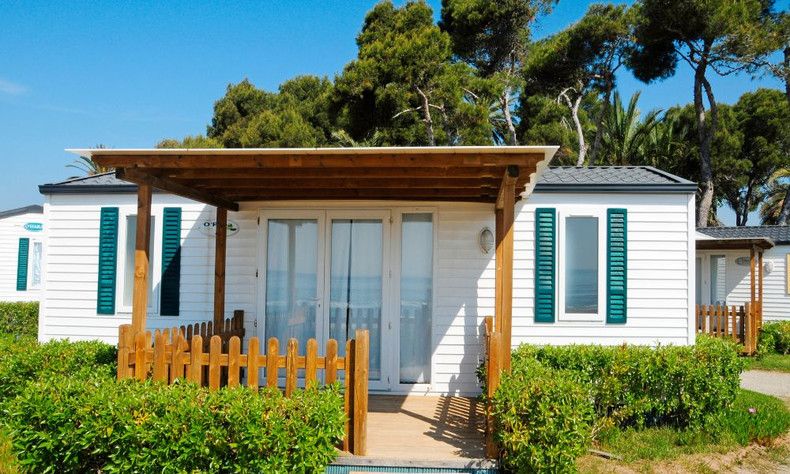
Flipping houses is a term to describe the act of buying a house, usually one that’s more run down, and fixing it up so that you can sell it for more than you paid for it. The idea of flipping houses for a profit isn’t a new one, but it’s becoming a more common trend for those interested in fixing up houses and making some money.
Some people focus primarily on more traditional housing, but a large part of this market comes from those interested in flipping manufactured homes. In this beginner’s guide to flipping mobile homes, we explain how the process works, the risks and rewards, and what you need to successfully flip mobile houses and walk away with some extra cash in your pocket.
Check Your Local Market
The very first thing you need to do before you start flipping mobile houses is to find houses to flip. Examine the local mobile home market in your area and try to find the home or homes you want to turn into your next investment property.
Online retail listings are always a great way to check out some potential houses, or you can try reaching out to local real estate agents who may have some fixer-upper homes put aside for potential flippers like yourself. You can also check out nearby mobile home parks and chat with management to see if they know of any sales going on, or just go the old-fashioned route and drive around looking for a “For Sale” sign.
Creating a Budget
One of the most significant risks of house flipping is running out of money before you can make a profit. No matter what type of house you have or repairs that you need to make, you want to ensure you can afford it. Try to set a budget for yourself and determine how much you’re willing to spend. Remember, your budget needs to account for the cost of the home, materials, labor, and any additional marketing costs.
Investigate the Property
The most helpful tip in our beginner’s guide to flipping mobile homes is to always investigate the property yourself. You can learn a lot about a home from the online listing, but you can’t get a proper feel for what type of work it needs until you see it for yourself. Check if all the plumbing fixtures or electrical outlets are working and see what kind of work the home needs. The more you can assess before buying, the more you can prepare yourself for the rest of the process.
Plan Your Renovations
After you investigate the home, you can start planning what work needs doing and get a better idea of how much it’s all going to cost. For example, needing to upgrade all the windows to have energy-efficient panes naturally costs more than simply installing new drapes. Your plan is vital because you can use this to figure out everything that needs doing and figure out roughly how much it’s going to cost and how long it’s going to take. The longer your renovations last, the more expensive the process will be in the long run, so we recommend trying to condense the project into as short a timeline as possible.
Get Financing
Having your budget in place is always a good idea, but now you can focus on getting proper financing for your purchase and put it toward the renovations. Many get loans from a bank or find partnerships with investors for a percentage of the profit you make on the final sale.
The real estate company may be willing to help finance some of the projects and even handle listing and selling it for you for some of the profit if you find a listing through them. You may wind up with less money in your pocket by the end of it, but finding investors is a great way to ensure you have the necessary funding for your mobile house-flipping project.
Make the Repairs
Once you buy the house, the next big step is to put your renovation plan into action. We suggest starting with the projects that you expect to take longer so that you can complete them earlier and cause less hassle by putting them off.
A helpful tip is to learn as much as possible about home repair and renovations so that you can handle some of the jobs independently. For example, replacing mobile home skirting is a DIY project that most homeowners can learn how to do. Why not save some money by learning how to do this yourself instead of hiring a contractor? Certain jobs like plumbing and electrical work require a professional, but taking some repairs into your hands can save you money in the long run.
While the repairs and renovations are the toughest part of the process, the upgrades you put into your flipped home are what can help determine your potential profit margin, so taking the time to make it look nice is well worth the effort.
Price Your Flipped Home
Once everything in the home is working and looking much more presentable, it’s time to set a price for your home. Ideally, you want to walk away with 10-20% profit from your overall investment, but you should also check competitive rates for mobile homes in your area. Pricing your house too high may result in it not selling, so it helps to have some flexibility with your price point.
Make Your Sale
After finishing the work and pricing the home, all that’s left to do is try and make that sale. The owners of the land may be willing to help advertise the listing if the home is in a mobile home community, or you can work with local real estate agents. Of course, you can always advertise the home yourself online or through a local newspaper. Try to raise some awareness and hopefully sign that paperwork with a tidy profit in your pocket.
Let Mobile Home Outfitters help you out if you’re looking for more information on mobile home renovations and how you can get into flipping houses. Our online catalog has a wide range of mobile home parts for every possible room and project. We have a skirting calculator to ensure you get the right kit for your home, and our friendly staff is always happy to help. Don’t hesitate to contact us anytime. We’re happy to assist you.


